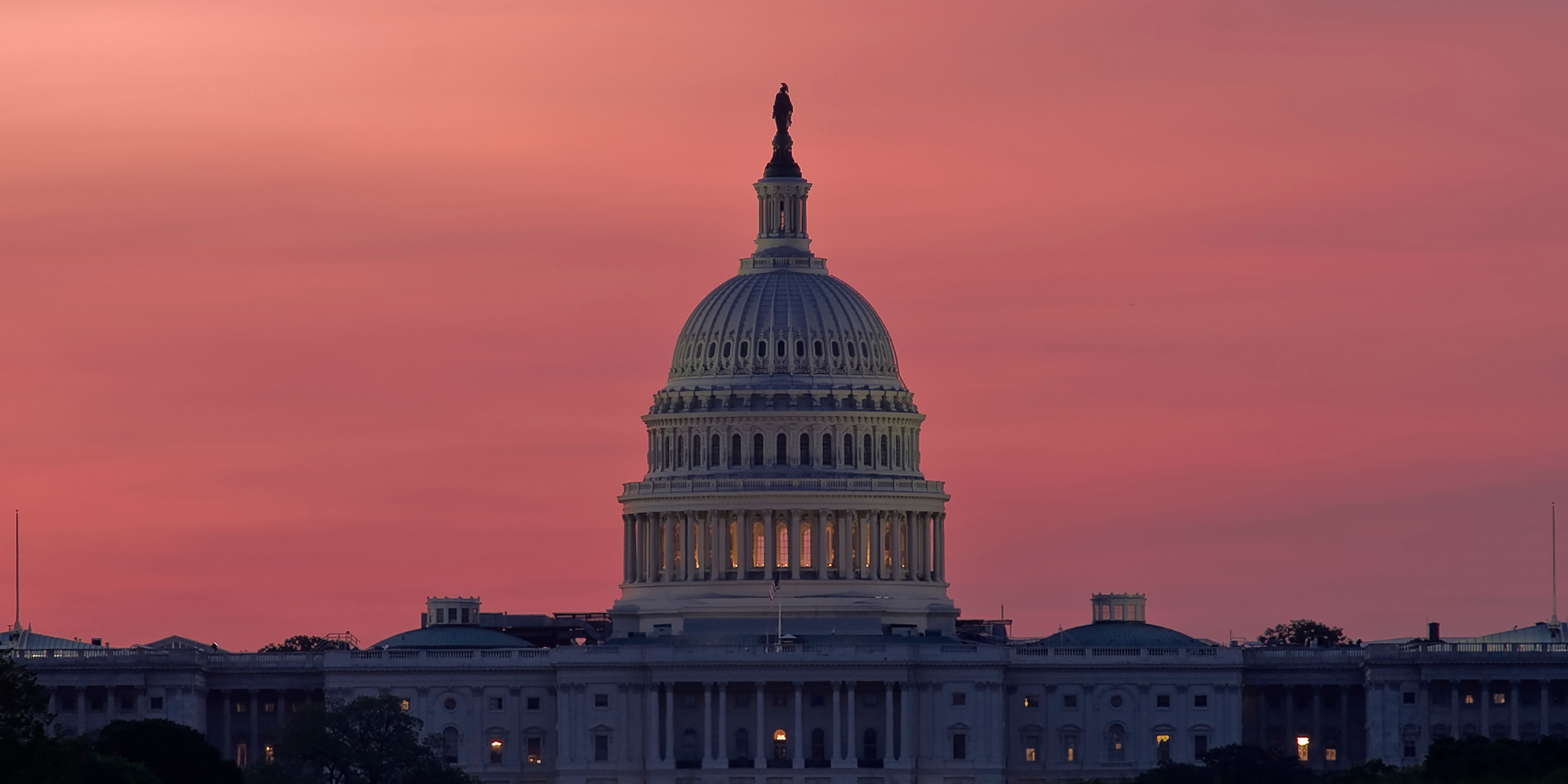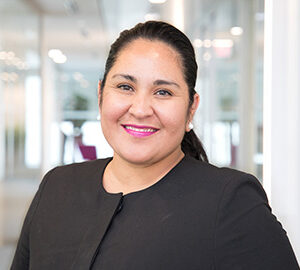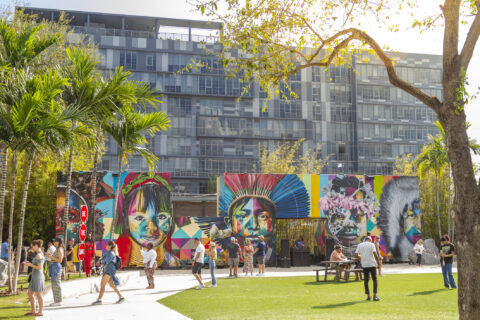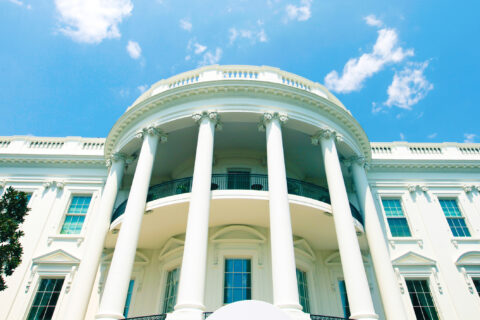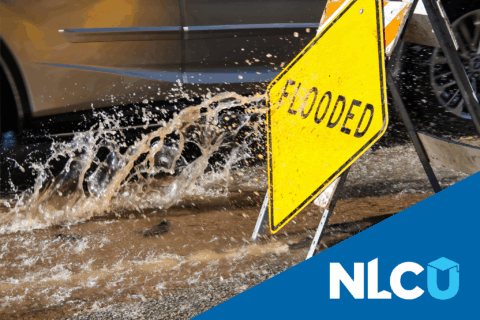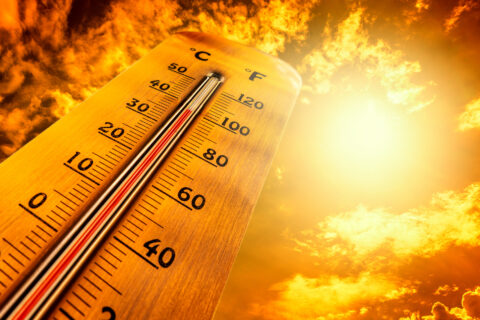Last month, the U.S. House of Representatives passed the Build Back Better Act (BBBA), which includes key priority areas for local governments, including programs to support workforce development, increase housing affordability and improve climate resilience. While Senate leaders are still negotiating final text and the bill is undergoing a review by the Senate Parliamentarian to ensure all provisions meet Senate rules, NLC continues to advocate for key programs that, together with the Bipartisan Infrastructure Law (BIL), will provide investments, opportunities and economic growth critical to sustained recovery for communities across the country.
Here are additional local government priorities included in the Build Back Better Act that will benefit cities, towns and villages across the country.
Water Infrastructure
While the Infrastructure Investment and Jobs Act, also known as the Bipartisan Infrastructure Law, provides key funding and financing opportunities to support local water infrastructure projects, many grant programs authorized in the bill are left unfunded. The Build Back Better Act includes grant funding for five critical water infrastructure programs:
- Lead Remediation Projects – $9 billion in grants for disadvantaged communities for full service line replacement; for installation and maintenance of lead filtration stations at schools and childcare programs; for replacing drinking water fountains in schools and childcare programs that serve disadvantaged communities; for lead remediation projects in buildings operated by entities eligible that serve disadvantaged communities; and for compliance monitoring in disadvantaged communities.
- Water Assistance Program – $225 million for grants through the U.S. Environmental Protection Agency to states and Tribes to provide assistance for low-income water customers to reduce arrearages and water rates for those customers.
- Alternative Water Source Project Grants – $125 million to support investment in alternative water source projects, including projects for groundwater recharge and potable reuse.
- Sewer Overflow and Stormwater Reuse Municipal Grants – $1.850 billion to invest in sewer overflow and stormwater reuse projects, as well as provide for a greater federal cost share of projects that serve financially distressed communities.
- Individual Household Decentralized Wastewater Treatment System Grants – $150 million for the installation, repair, or replacement of domestic septic systems, including investment in connecting households with failing septic systems to public sewer systems. This section targets half of this investment to low-income households that lack access to sewage treatment technologies, including households that currently use cesspools to capture sewage.
For the most part the funding provided in the bipartisan infrastructure law will be provided to communities through the state revolving fund programs as a mixture of 49 percent principal forgiveness/grants and 51 percent loans. Therefore, the grant programs in the BBBA are important to help address equity and affordability for communities and residents. Small, disadvantaged and rural communities in particular struggle with meeting and affording all their water infrastructure needs.
The Build Back Better Act also includes a policy change that local governments have long advocated for –amending the tax code to exclude subsidies for water conservation, stormwater, and wastewater management measures from taxable income. Utility rebates are a way for water managers to achieve water use efficiency and sustainable water management objectives, but taxing utility rebates limits participation in incentive programs and makes it more challenging for water managers to properly administer, manage and run their own local programs.
Parks and Outdoor Spaces
NLC has long championed the Outdoor Recreation Legacy Partnership (ORLP) program, a competitive grant that helps communities create and improve parks and other outdoor recreation areas to increase public access, particularly in disadvantaged or low-income communities. The BBBA includes $100 million for urban parks and ORLP. In February, the House passed legislation to codify and establish a dedicated funding source for ORLP and in September, the House and Senate introduced stand-alone legislation, both with NLC support.
Connectivity
The Emergency Connectivity Fund, created in the American Rescue Plan Act, has helped over 10 million students get online through support to schools and libraries for broadband subscriptions, devices, and equipment. However, the fund is exhausted from the overwhelming level of demand. The BBBA contains new funding to extend the Emergency Connectivity Fund and help schools and libraries continue to close the homework gap in communities around the country.
The BBBA also includes funding to help communities upgrade aging, outdated public safety networks to use Next Generation 9-1-1 technology, and to help offset the operating and maintenance costs of government-owned broadband networks. Together, these provisions will strengthen local communications infrastructure above and beyond the investment in new broadband infrastructure included in the bipartisan infrastructure law.
New Affordable Housing
For the most part, emergency housing dollars already approved by Congress in response to harm stemming from COVID-19 have been targeted to eviction and foreclosure prevention. According to the U.S. Treasury Department, through August 31, state and local Emergency Rental Assistance (ERA) programs have distributed more than 1.4 million payments to households, totaling more than $7.7 billion to support the housing stability of vulnerable renters.
Although ERA programs represent a successful government policy intervention to prevent an eviction crisis, ERA and other emergency housing dollars have not addressed rising rental costs or the availability of affordable housing for low-income residents.
The Build Back Better Act invests in the development of new affordable housing. It would provide $150 billion to programs that are forecast to bring about the construction, rehabilitation, and restoration of more than 1 million affordable homes – which will boost the supply of affordable housing units nationwide, including in rural communities, and reduce price pressures for renters and homeowners.
Workforce
The Build Back Better Act would provide $40 billion in overall funding directed towards higher education and workforce development, including the critical investment of $4.5 billion in Workforce Innovation and Opportunity Act Title I programs that support federal workforce programming in cities, towns and villages across the country. The bill also contains grant programs that are accessible to local areas as well as important investments in climate workforce programs across multiple agencies.
- Industry and Sector Partnership Grants – $5 billion for a new competitive grant program to expand employment and training activities for high-skill, high-wage or in-demand industry sectors or occupations. $250 million of these funds are reserved for state and local boards to support partnerships communities with high unemployment rates, percentages of dislocated workers or levels of individuals with barriers to employment.
- Direct Care Workforce Grants – $1 billion to establish a direct care workforce competitive grant program to provide competitive wages, benefits and other supportive services, including retention and training programs, to direct care workers. Local workforce development boards and area agencies on aging would be eligible to apply for funding under the program.
- Climate Workforce Funding – $11.195 billion in climate workforce programs across the Department of Labor and the Corporation for National and Community Service for employment and training activities in climate resilience and mitigation industries.
- $4.28 billion at the Department of Labor – of the programs that cities leverage the most, of these funds there will be:
- $450 million for the YouthBuild program
- $1.8 billion to create or expand pre-apprenticeship and registered apprenticeship programs
- $1 billion for the Reentry Employment Opportunities program
- $350 million for in-school and out-of-school youth paid work experiences
- $6.195 billion for National Service in Support of Climate Resilience and Mitigation at the Corporation for National and Community Service.
- $4.28 billion at the Department of Labor – of the programs that cities leverage the most, of these funds there will be:
What’s Next?
As Senate leaders aim to finish work on the Build Back Better Act before the end of the year, local leaders can contact their Senators to voice their support for local government priorities. Be sure to share projects in your community that would benefit from these federal funding opportunities.
